One of the most enduring questions about Earth regards the origins of its water. Where did it come from? One widely-held theory gives comets the honor of bringing water to Earth. Another one says that Earth’s water came when a protoplanet crashed into early Earth, not only delivering a vast quantity of water, but creating the Moon.
Now a new study shows that the minor planet Vesta got its water from space dust. Could that help explain the origin of Earth’s water?
“This research shows that you can transport small micrometeoroids that contain ice to dry bodies that formed without water.”
Lionel Vacher, study Co-Author, postdoctoral researcher
The lead author of this study is Nan Liu, an assistant research professor in physics and the Laboratory for Space Sciences in Arts & Sciences. The title of the study is “NanoSIMS isotopic investigation of xenolithic carbonaceous clasts from the kapoeta howardite.” It’s published in the journal Geochimica et Cosmochimica Acta.
This study centers around some very rare material in our Solar System. Most of the matter in our Solar System came from other long-dead stars. When our Sun and Solar System formed, that material was vaporized, then recondensed into new material. But some tiny portion escaped that apocalyptic rebirth scenario. Some of those tiny grains were never vaporized, making them older than our Solar System itself.
By identifying and examining that material, scientists can learn some things.
This study looked at the minor planet (or asteroid) Vesta (4 Vesta). Some of those ancient grains of stardust made it to Vesta, in the form of micrometeroids, and some of those brought water to the rocky body. How do scientists know that?

“Like our Earth,” Liu said in a press release, “Vesta has a core, a mantle and crust.” These features formed as the materials that make up Vesta melted, differentiated and coalesced into a single planet-like object. The same thing happened with Earth. Like Vesta, Earth was also pummeled by micrometeoroids.
“If icy micrometeoroids delivered water to the inner solar system when the Earth was still forming, this could be one way that the Earth ended up with enough water to support life.”
These things are all linked by an event from 1942. In that year, the Kapoeta meteorite came to Earth at Sudan. It was World War II then, and luckily, the meteorite landed on the road in front of a British Army convoy.
The Kapoeta meteorite is a “Howardite” meteorite. There are about 200 of them, and they’re named after Edward Howard. Howard was primarily a chemist (He invented a method of refining sugar.) But he was also very interested in meteorites and their compositions.
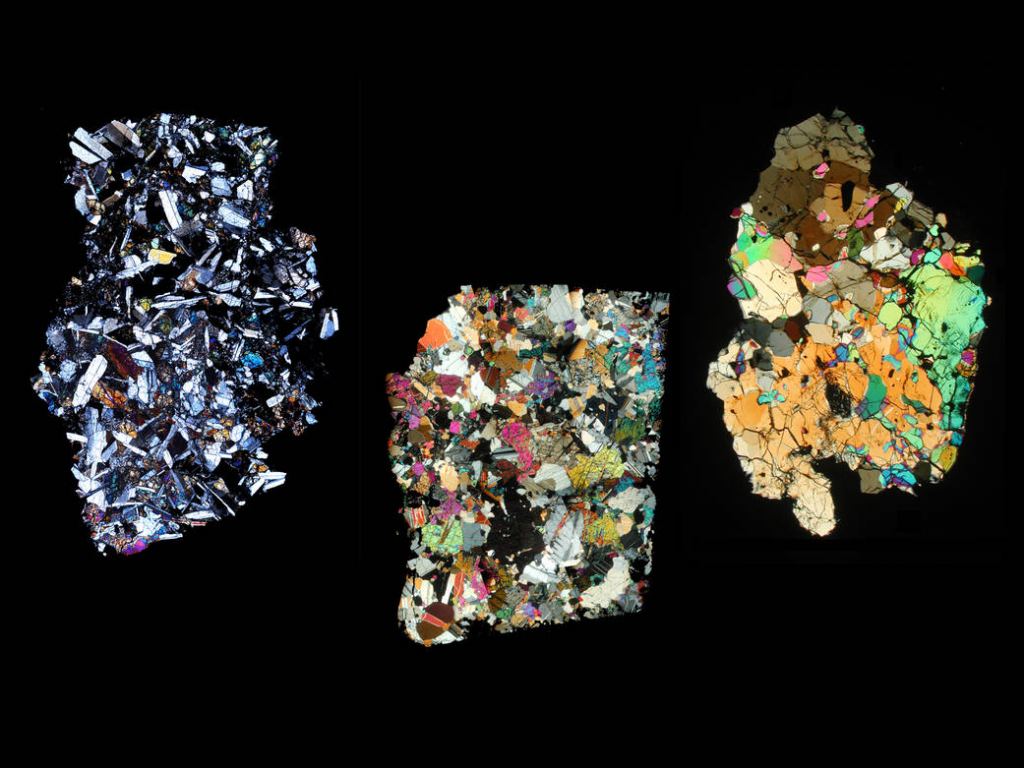
All of the Howardite meteorites came from Vesta, though we didn’t know that until NASA’s Dawn spacecraft arrived at the minor planet in 2011. That visit revealed the link between Vesta and the Howardite meteorites, as well as two other families of meteorites.
The team of researchers behind this new study looked at a sample of the Kapoeta meteorite. They found small dark inclusions that looked out of place. “They look completely different from surrounding material,” Liu said. The team identified the tiny inclusions as micrometeorites, smaller than the thickness of a human hair.
Then they put their university’s NanoSIMS machine to work.
NanoSIMS stands for Nanoscale Secondary Ion Mass Spectrometry. NanoSIMS uses an ion gun to create a beam of ions. That beam is aimed at a sample, in this case the sample of the Kapoeta meteorite. The ion beam creates atomic collisions, and some of those collisions produce secondary ion particles. Those secondary ions are then fed through a mass spectrometer, which identifies the ions. As of 2018, there were just over 40 of these machines in the world.
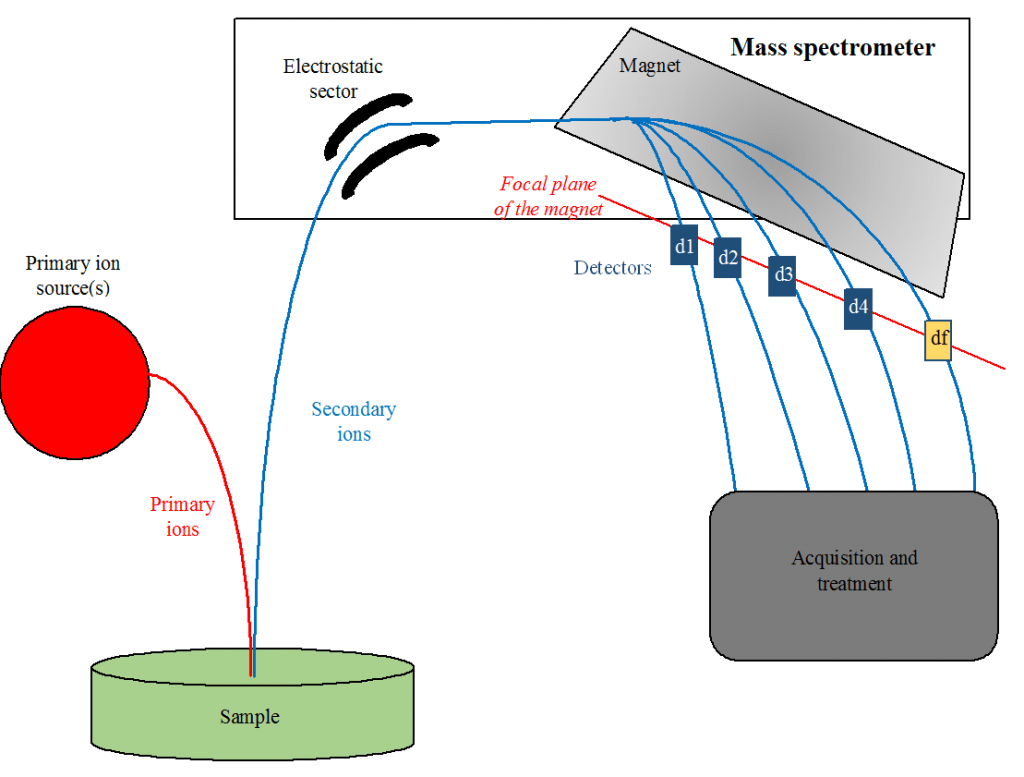
The spectrometry centered around 14 tiny samples from the Kapoeta meteorite, the tiny inclusions called clasts. They were all from one edge of a thin section of the sample. When they analyzed it, they found that 2 of the 14 contained magnetite embayments, in between the host meteorite and the carbonaceous clasts. An embayment is a shaped void, and their presence indicates “aqueous alteration occurring on Vesta as a result of melting the ice embedded in the C-clasts,” as the authors write in their paper.
The NanoSIM spectrometry revealed a different ratio of isotopes than expected in the clasts, and showed that some of what they were seeing was pre-Solar material, material that existed long before our Solar System did. They found two pre-Solar silicate grains, and four pre-Solar silicon-carbide grains.
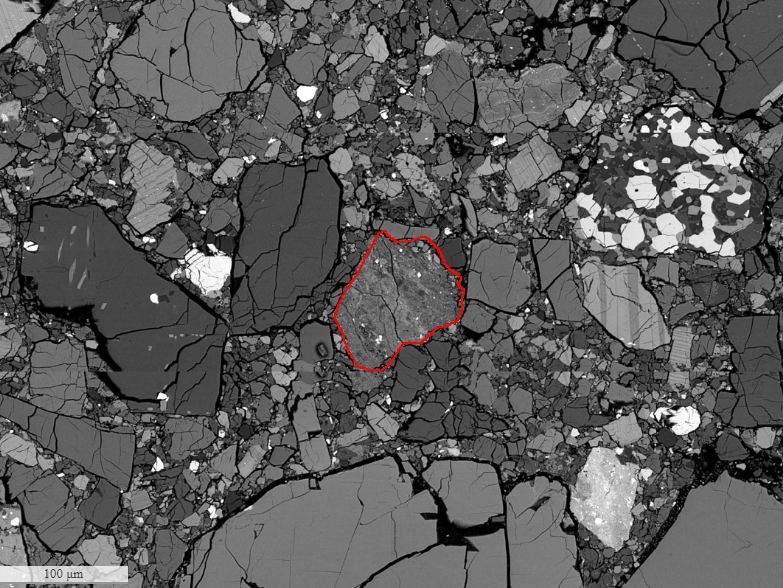
They wrote: “Thus, taking the two pieces of evidence together implies that the clasts from this study are sourced from an ice-bearing parent body, either an icy asteroid or a comet, originated from the outer solar system.”
The team thinks that these micrometeorite grains arrived at Vesta, or at the pieces of rock that became Vesta, some time after the Late Heavy Bombardment.
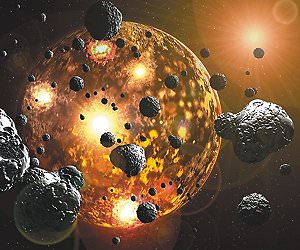
There’s a very interesting water aspect to this work. The team found “minerals and textures that were linked to interactions between rock and water from melted ice.” It lead them to the question of Earth’s water, and its source.
“We need a mechanism to bring ice from the outer solar system, where the temperature is low,” Vacher said. The inner Solar System was too hot for water to form, so it had to be transported from cooler regions in the outer Solar System. “This research shows that you can transport small micrometeoroids that contain ice to dry bodies that formed without water.”
The problem with studying ancient Earth is the planet’s level of activity. Erosion and plate tectonics have erased ancient evidence. So the links between Vesta, Kapoete, and the ions may help explain how Earth got its water. “If icy micrometeoroids delivered water to the inner solar system when the Earth was still forming, this could be one way that the Earth ended up with enough water to support life,” said Ryan Ogliore, assistant professor of physics and co-author of the paper.
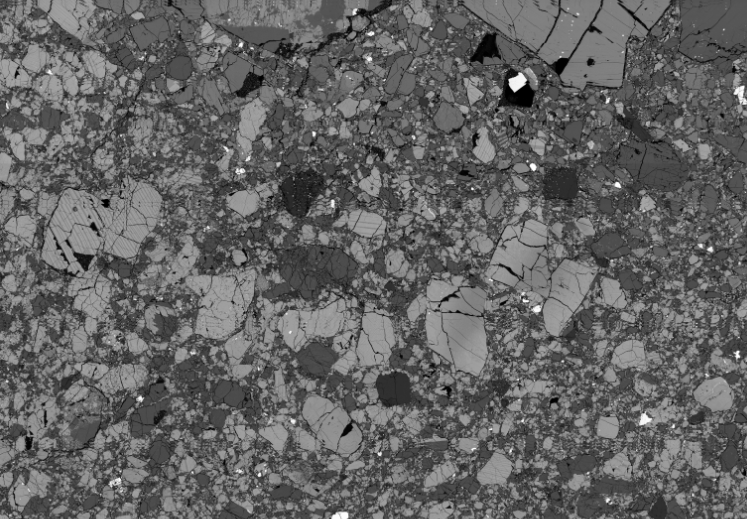
And if it happened in our Solar System, it could happen in others. “Habitable planets around other stars may have acquired their water through similar means,” Ogliore added.
There are still a lot of questions, of course, and this study may only be the beginning.
“Our next measurements will constrain when this wet material was delivered to Vesta, and where it came from: an icy asteroid, a comet or some other exotic source,” Ogliore said.
More:
- Press Release: Ancient micrometeoroids carried specks of stardust, water to asteroid 4 Vesta
- Research Paper: NanoSIMS isotopic investigation of xenolithic carbonaceous clasts from the kapoeta howardite
- Universe Today: Not all the Earth’s Water Came From Comets

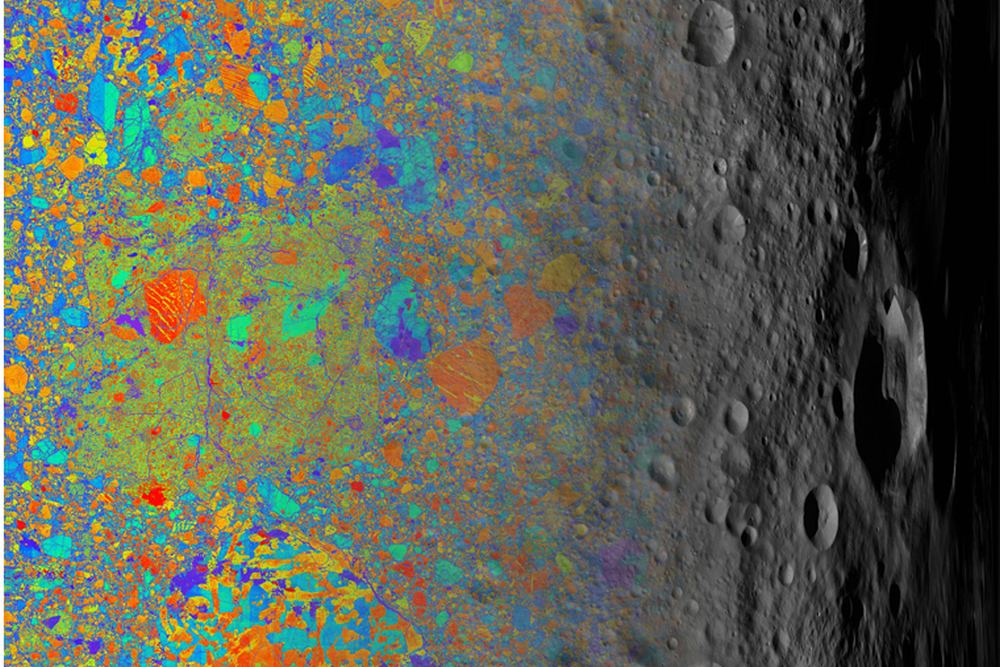
One shouldn’t be too nitpicky with the context of a paper that is exploratory or an article describing it, but criticism of the context is fair game.
Based on hydrogen isotope measurements, comets would be lucky to provide the majority of Earth water. And with some of the recent pebble accretion scenarios the late accretion stage of the inner planets would get water that matches the isotope ratios for free from the outer disk.
Not problematic for the paper but worth mentioning is that the Late Bombardment Hypothesis became popular but recently sees ever more trouble, which is not promising for its future usefulness [ https://www.nature.com/articles/d41586-018-01074-6 , https://www.sciencemag.org/news/2020/01/cataclysmic-bashing-giant-planets-occurred-early-our-solar-systems-history ].